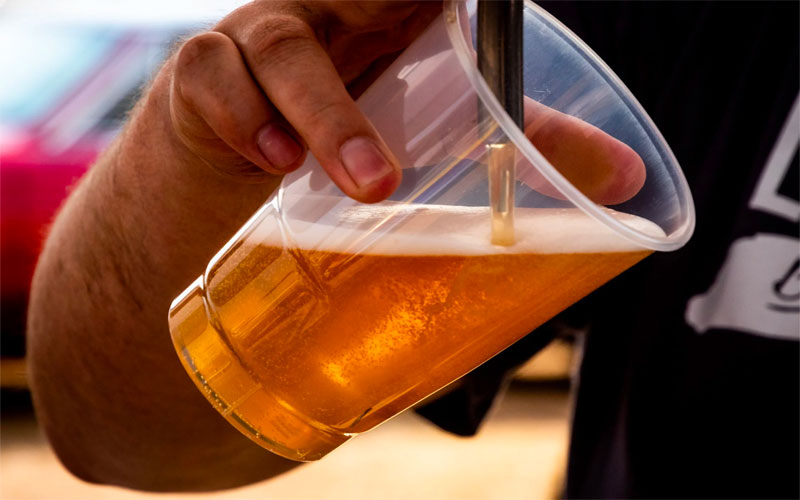Embarking on the journey of homebrewing can be incredibly rewarding. Indeed, by following expert tips and best practices, there is no reason why you could not end up creating award-winning masterpieces.
By learning the intricacies of brewing and dedicating yourself to refining each step of the process – from ingredient selection to creative experimentation – you’re more likely to reach new heights in brewing quality and produce incredible beer that’s worth bragging about.
So, let’s dive into eleven tips and best practices that can help you unlock your true brewing potential.

Sanitize Your Equipment
First and foremost, always sanitize your brewing equipment. Cleanliness is crucial in preventing infection and off-flavors in your beer. Use a no-rinse sanitizer like Star San to clean all your equipment, including fermenters, hoses, and bottles.
Choose Quality Ingredients
Next, focus on selecting high-quality ingredients for your recipe. This includes fresh malt, hops, and yeast for optimal taste and aroma. Remember that quality ingredients make a significant difference in the final product.
Maintain Temperature Control
Pay close attention to temperature control during fermentation. Different yeast strains have specific temperature ranges where they perform best. Maintaining an optimal environment for your yeast will result in a cleaner-tasting beer with fewer unwanted byproducts.
Experiment with Water Profiles
Don’t overlook the importance of water quality when brewing at home. If you’re using tap water, consider installing filters or using other water treatment options. Alternatively, you could use a water dispenser.
Experimenting with different mineral compositions can create unique flavors and improve the mouthfeel of various beer styles.
Use Thiolized Yeast in Your Beer Brewing
There are various benefits of thiolated yeast in beer brewing. These specialized yeast strains can impart unique flavors and aromas.
Furthermore, thiolated yeast has been specifically modified to increase the production of specific compounds like volatile thiols, which contribute to tropical fruit and citrus notes often found in hop-forward beers.
By experimenting with these innovative yeast strains, you can achieve distinctly expressive flavors that set your homebrew apart from the competition.
Adopt Proper Mashing Techniques
Familiarize yourself with proper mashing techniques to ensure consistent results. For example, controlling mash temperature and observing rest times correctly will yield the desired balance between body and fermentable sugars in your beer.
Additionally, avoid sparging too hot, as this can extract unwanted tannins from the grain.
Be Meticulous with Measurements
Accurate measurements are key for consistent results.
Invest in a reliable digital scale for weighing malt and hops and a calibrated thermometer for checking temperatures. This attention to detail could mean the difference between an award-winning beer and one that falls flat.
Control Oxygen Exposure
Limit your beer’s exposure to oxygen, especially during fermentation and bottling. Excessive oxygen contact can cause off-flavors and shorten shelf life. If we consider practices such as purging your fermenter and bottles with CO2, these can effectively minimize oxidation.
Monitor Yeast Health
Keep an eye on yeast health by using appropriate pitching rates, avoiding oxygen-starved conditions, and providing essential nutrients needed for reproduction. Healthy yeast is vital for clean fermentation and producing award-winning beers at home.
Learn from Experience
Track your brewing process meticulously by taking detailed notes on recipes, mash schedules, hop additions, etc. Learn from past experiences by identifying what works well and making adjustments accordingly in future brews.
Experiment and Be Creative
Lastly, don’t be afraid to experiment and get creative with your recipes. Brewing at home allows for more flexibility than commercial brewing, so take advantage of this by trying new ingredients or techniques.
This could lead to unique and unforgettable flavors that impress both family and competition judges.
